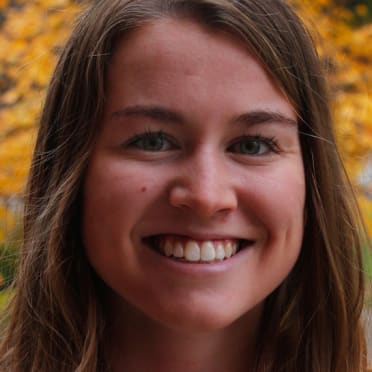Massey finding 'best way to help the team' as back injury heals
This story was excerpted from Anne Rogers' Royals Beat newsletter. To read the full newsletter, click here. And subscribe to get it regularly in your inbox.
KANSAS CITY -- Michael Massey isn’t used to being a full-time designated hitter, spending each game hitting and then riding the stationary bike to keep his body warm and moving until his next at-bat.
But Massey was all in if it meant he could help the Royals right now, and he's progressed enough to where he was in the lineup playing second base on Thursday for the first time since he came back from the injured list on June 24.
“As a baseball player, you hit and then you go make plays in the field to help the team that way,” Massey said. “I don’t really like hitting then riding a bike. It’s something I’ll do if that’s the best way to help the team, but I’d much rather be out there on the field, playing every day. And I feel like I’m close. From a physical perspective, I feel like I’m much stronger than I was six weeks ago.”
Twice this year, Massey has been on the injured list with a lower-back injury, a chronic issue that he’s dealt with before and will likely have to manage. On June 24, he returned to the Royals’ active roster with a caveat: He would only serve as the designated hitter in games until he’s ready to play second base. The reason is because Massey’s point of injury was when he bends forward and backward, not when he’s rotating his back side to side.
Hitting causes no pain, but playing defense, when he has to bend to the ground to field grounders or make tags, made it flare up.
Normally, this is a progression that takes place on a rehab assignment, with a player first getting some at-bats at DH, then moving to the field and playing a few innings, using the time to progress to the full nine innings.
Because Massey’s swing was right and there was no pain, the Royals are opting to have that progression take place in the Majors.
“We wanted to get his bat back,” general manager J.J. Picollo said when Massey returned. “That was a decision that was made probably three weeks ago, that, ‘You’re going to [go] out and play a week in Omaha, and when you come back, we’re fine with you just DH-ing, because that’s how you can help our team.’”
Massey has been increasing the volume and intensity of his pregame defensive work, and he went through defensive drills with the team this week before being ready to take the field Thursday. His pregame routine also includes stability work and strength exercises outside of the weight room, and figuring out ways to relieve any extra pressure he puts on his back once he takes the field.
“That’s what I’m trying to do a little bit is work on different setups," Massey said. "My old pre-pitch setup used to be right foot, left foot, jump, and I’m kind of leaned over. So to do that 150 times a night and then make a move while I'm bent over doesn’t feel right. What I’m trying to test out is: Can I still be standing up when the pitch is coming? Can I stand and react and not be so low? It’ll be something I battle, but there are plenty of guys who have gotten around it."
He hasn’t had any setbacks, and manager Matt Quatraro said he expects to see Massey at second base for “a few games” before the All-Star break.
“Now, what does it look like coming back?” head athletic trainer Kyle Turner said. “We’re not going to send him out there every single day. It might be go play a day, take a day off to DH. Some of that will be determined by matchup stuff, where he fits and what it does with the other part of the lineup. That’s the complexity of doing it here, whereas in Triple-A or Double-A, we set a schedule and the player just follows that plan.”
Although the lower-back issues aren’t going away for Massey, he and the Royals are confident he can play second base now and in the future. His workload will have to be managed, both on and off the field in his pregame and postgame routines.
“That’s what stinks about back injuries. They’re unpredictable,” Turner said. “But we’ll keep adding and taking away as we learn more about it. What works today doesn’t always work [the next day]. It’s our job to communicate with each other. It’s a collaborative effort.”

